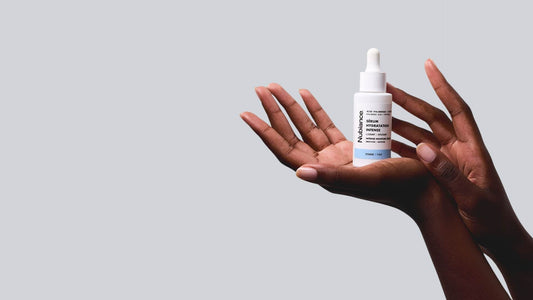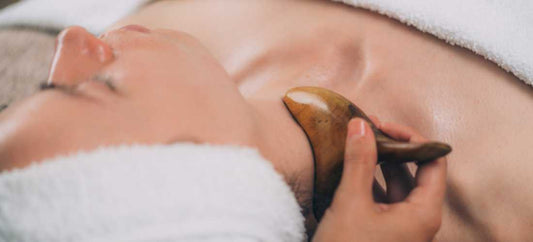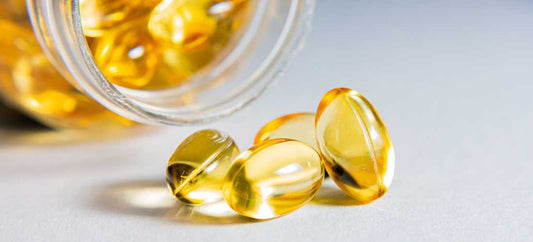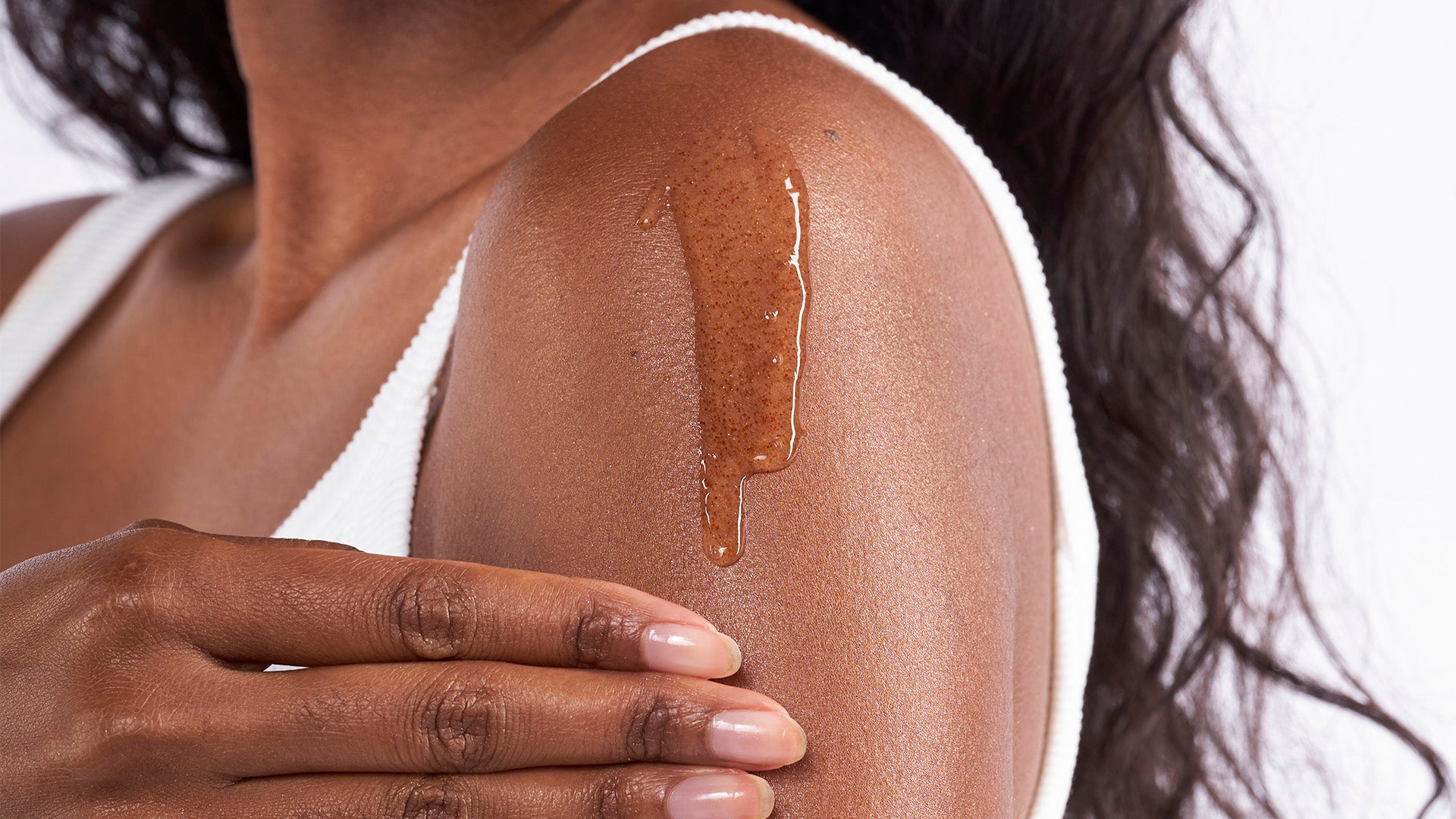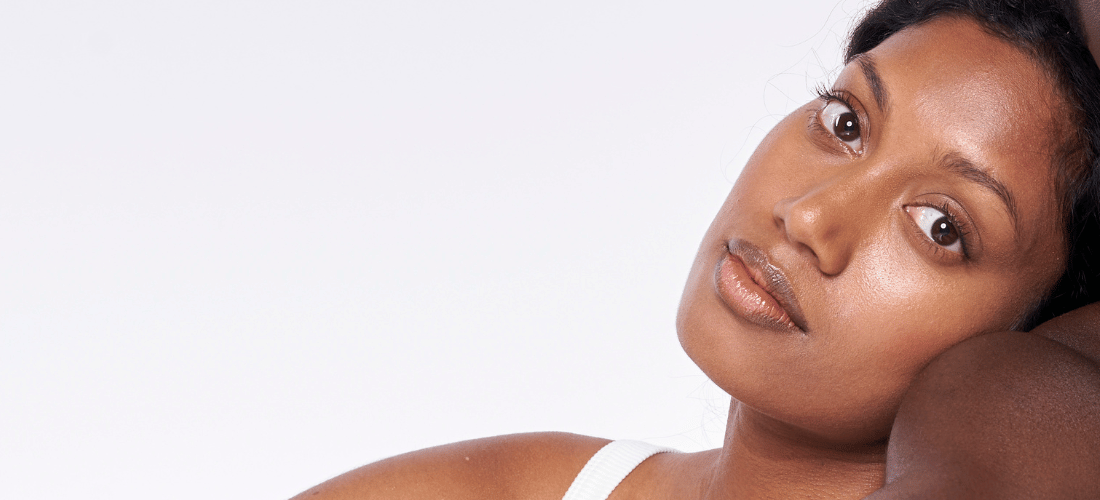
After-sun pimples: the rebound effect of going back to school
Partager
The end of summer has come and after-sun pimples are blooming on your face. How does this phenomenon manifest itself? Why do you experience the rebound effect after your vacation? What can you do to get beautiful skin back for the start of the school year? These blackheads and microcysts can suddenly appear and ruin your return to school. Even if the sun seems synonymous with vitamin D, its effects are much more harmful than they seem. If you want to put a stop to these post-sun imperfections , adopt the right actions in your beauty routine and rely on our anti-imperfection duo to avoid the rebound effect.
Why do we get after-sun pimples?
The rebound effect is a common phenomenon observed in many people at the end of summer. After a summer period generally marked by a disappearance of pimples, some people notice a resurgence of blemishes from September. Exposed to the sun, the skin thickens, clogging the pores, which therefore prevents the evacuation of sebum and will cause an outbreak of pimples. The purpose of this reaction is to prevent UVA and UVB rays from reaching the basal cells of the dermis. After a few days of strong exposure, the phenomenon of hyper-keratinization appears. If at first, you have the sensation of a beneficial effect of the sun on your skin, the thickening of the epidermis will make it difficult to evacuate sebum : the pores will quickly become clogged and create new pimples. Retentional acne and inflammatory acne then appear. And if you notice pimples just after exposure, it is probably because you are having a reaction to the sun. Summer light eruption is a benign sun allergy that primarily affects young women. Its symptoms are small spots that appear on the arms and décolleté.
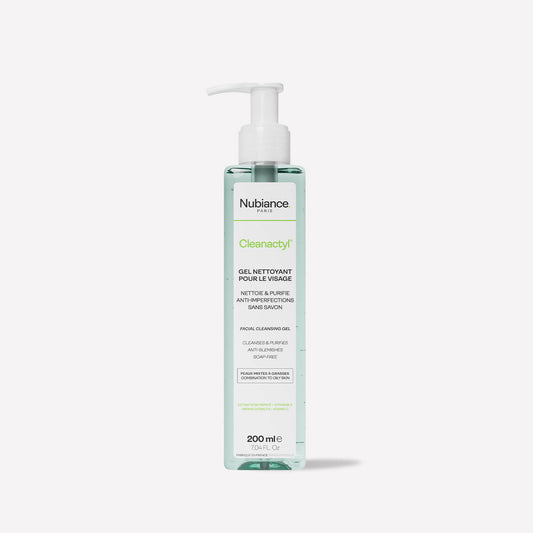
15.00€
Sale price
From 15.00€
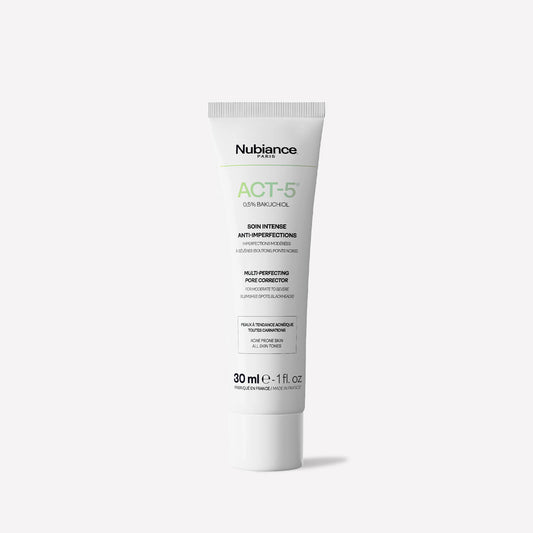
50.00€
Sale price
From 25.00€
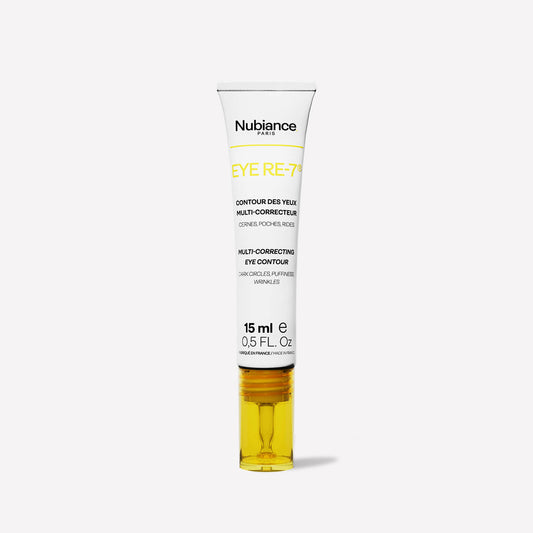
47.80€
Sale price
From 29.00€

66.00€
Sale price
From 33.00€
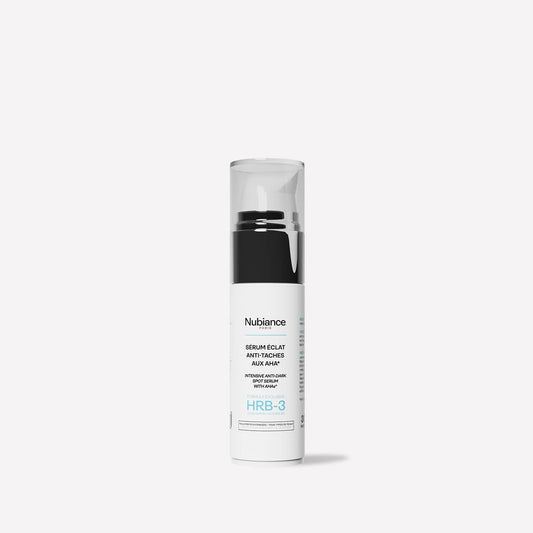
66.00€
Sale price
From 33.00€

What are the aggravating factors?
The rebound effect is the result of a series of factors interacting together. First of all, when you expose yourself to the sun, ultraviolet rays have a significant impact on the skin and sebaceous glands, causing keratin to build up in the pilosebaceous follicles . The sun's rays cause the surface layer of the skin to thicken, leading to the formation of new comedones. Heat and humidity are also decisive in this situation. When sweating and humidity levels increase, skin cells swell and clog the pilosebaceous follicle. The sebum can then no longer flow out. Sebum secretion also increases in the heat by becoming more fluid.
How to take care of your skin after the rebound effect?
After the rebound effect, it is important to adopt a routine with specific care for acne-prone or blemish-prone skin . This is the first step that will reduce the appearance of pimples and overproduction of sebum. For oily skin, a mattifying cream, with an anti-shine and moisturizing action, is recommended. For blemish-prone skin, choose a treatment cream if daily cleansing and care are not enough. To accentuate and boost the effectiveness of the treatment, a serum from the same range can be applied before the cream.
To successfully erase your imperfections and prevent the appearance of other pimples and blackheads , you can use our anti-imperfection duo . This quick and effective beauty solution will help you regain healthy skin and a radiant complexion. The first step in this ritual is to deeply cleanse your face with Cleanactyl® cleansing gel. It gently removes impurities from the surface of your skin. Then, you can apply the ACT-5® intense anti-imperfection treatment, which, thanks to its formula based on bakuchiol and hexylresorcinol, reduces pimples and pigment spots due to acne .
How to cure an after-sun pimple?
If pimples break out after summer despite a suitable skincare routine, there are a few tips to get rid of them.
Healing cream
Healing creams are designed to soothe damaged skin thanks to the zinc and copper sulfates they contain. For added protection, especially if your skin is acne-prone, consider using sunscreen for acne-prone skin . This will help protect your skin without clogging your pores, preventing breakouts from getting worse.

Zinc
Zinc, thanks to its anti-inflammatory and antioxidant properties, is an ally against acne . You can use it as a treatment to prevent the appearance of acne lesions and redness. This trace element is mainly found in meat and oily fish, as well as in certain food supplements.
Limit your exposure to the sun
The sun is a false friend for acne-prone skin . So be careful not to expose yourself too much by thinking of treating your spots after sun and limit your tan. Autumn can still bring aggressive UV rays for your skin. Also think about suitable sun protection with a high SPF index , non-comedogenic or specific for acne-prone skin every day.
Acne varies from person to person depending on various factors such as skin type, sensitivity to UV rays, and genetic predispositions. Some people may not experience a rebound effect after sun exposure , while others may be more susceptible to this skin reaction . Now you know how to fix it so you can go back to school with a healthy glow!

